When it comes to window tinting, there are various options available in the market today. Among the most popular choices are carbon and nano carbon tints. Both offer advantages in terms of protection, aesthetic appeal, and energy efficiency. It’s important to understand the key differences between these types of tints in order to make an informed choice. In this article, we will delve into the characteristics and benefits of carbon and nano carbon tints, allowing business owners to make the right decision for their window tinting needs. Carbon Tint: Carbon tint, also known as non-metal film, is a popular choice for many business establishments. It is composed of a layer of carbon particle-infused polyester film.
.
 This type of tint effectively blocks infrared rays, reducing heat buildup inside the premises. The carbon particles also help absorb heat, offering a comfortable and energy-efficient environment for occupants. Advantages: 1. Heat Reduction: Carbon tint effectively reduces heat transmission, preventing excessive heat from entering the building. This results in decreased reliance on air conditioning, leading to energy savings and reduced utility costs. 2. UV Ray Protection: The carbon particles in the tint block up to 99% of harmful UV rays, safeguarding occupants and furnishings from potential damage. 3. Glare Reduction: Carbon tint significantly reduces glare from sunlight, creating a comfortable working environment that promotes productivity and reduces eye strain.
This type of tint effectively blocks infrared rays, reducing heat buildup inside the premises. The carbon particles also help absorb heat, offering a comfortable and energy-efficient environment for occupants. Advantages: 1. Heat Reduction: Carbon tint effectively reduces heat transmission, preventing excessive heat from entering the building. This results in decreased reliance on air conditioning, leading to energy savings and reduced utility costs. 2. UV Ray Protection: The carbon particles in the tint block up to 99% of harmful UV rays, safeguarding occupants and furnishings from potential damage. 3. Glare Reduction: Carbon tint significantly reduces glare from sunlight, creating a comfortable working environment that promotes productivity and reduces eye strain.
..
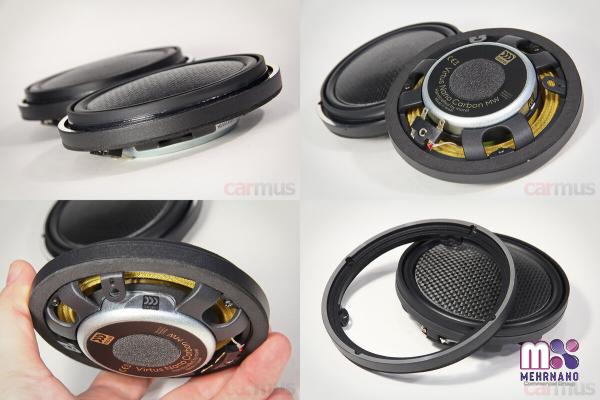 4. Enhanced Privacy: Carbon tint offers privacy by limiting the visibility from the outside, allowing occupants to enjoy their space without compromising security. Nano Carbon Tint: Nano carbon tint takes window film technology one step further by incorporating nano-sized carbon particles into its composition. This enhances the overall performance and durability of the tint. Advantages: 1. Heat Rejection: Nano carbon tint takes heat reduction to the next level by offering higher levels of infrared rejection, resulting in greater energy efficiency and comfort. 2. Extreme Durability: The addition of nano carbon particles strengthens the film, making it more resistant to scratches, fading, and wear over time. This ensures a long lifespan and higher return on investment. 3. Optical Clarity: Nano carbon tint provides exceptional optical clarity, allowing for unobstructed views both day and night. This is particularly important for businesses that require a clear line of sight, such as retail stores.
4. Enhanced Privacy: Carbon tint offers privacy by limiting the visibility from the outside, allowing occupants to enjoy their space without compromising security. Nano Carbon Tint: Nano carbon tint takes window film technology one step further by incorporating nano-sized carbon particles into its composition. This enhances the overall performance and durability of the tint. Advantages: 1. Heat Rejection: Nano carbon tint takes heat reduction to the next level by offering higher levels of infrared rejection, resulting in greater energy efficiency and comfort. 2. Extreme Durability: The addition of nano carbon particles strengthens the film, making it more resistant to scratches, fading, and wear over time. This ensures a long lifespan and higher return on investment. 3. Optical Clarity: Nano carbon tint provides exceptional optical clarity, allowing for unobstructed views both day and night. This is particularly important for businesses that require a clear line of sight, such as retail stores.
…
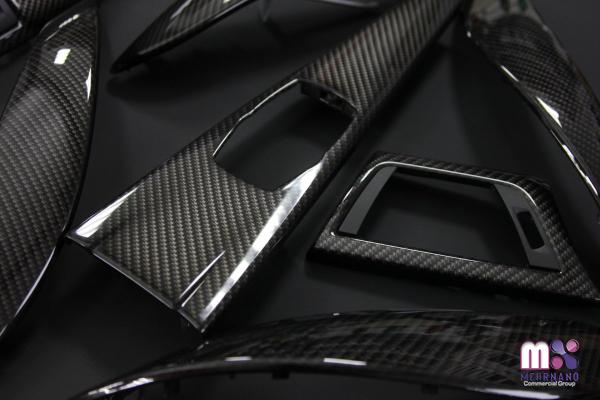 4. Signal-friendly: Unlike some metallic tints that can interfere with signals from mobile devices, nano carbon films are signal-friendly, allowing seamless connectivity. Conclusion: When choosing between carbon and nano carbon tint for your business, it is important to consider the specific needs and priorities of your establishment. Carbon tint provides excellent heat reduction, UV ray protection, and privacy, making it a popular choice for various businesses. On the other hand, nano carbon tint offers enhanced heat rejection, improved durability, exceptional clarity, and signal-friendliness. This makes it a preferable option for those seeking advanced performance and long-term reliability. Ultimately, both carbon and nano carbon tints offer excellent benefits for businesses. By understanding the differences between these two options, you can make an informed decision that aligns with your business goals, aesthetic preferences, and budget.
4. Signal-friendly: Unlike some metallic tints that can interfere with signals from mobile devices, nano carbon films are signal-friendly, allowing seamless connectivity. Conclusion: When choosing between carbon and nano carbon tint for your business, it is important to consider the specific needs and priorities of your establishment. Carbon tint provides excellent heat reduction, UV ray protection, and privacy, making it a popular choice for various businesses. On the other hand, nano carbon tint offers enhanced heat rejection, improved durability, exceptional clarity, and signal-friendliness. This makes it a preferable option for those seeking advanced performance and long-term reliability. Ultimately, both carbon and nano carbon tints offer excellent benefits for businesses. By understanding the differences between these two options, you can make an informed decision that aligns with your business goals, aesthetic preferences, and budget.


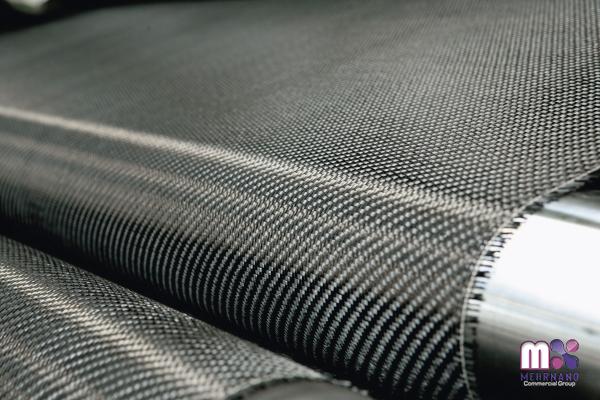


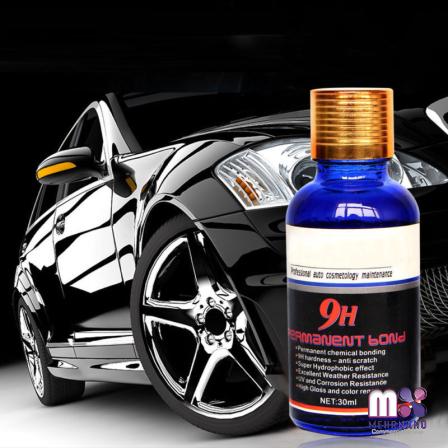


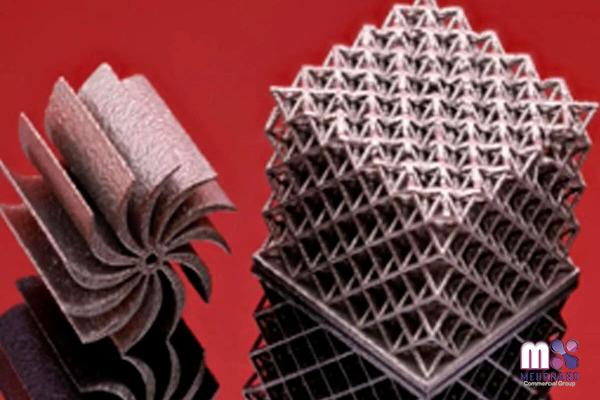
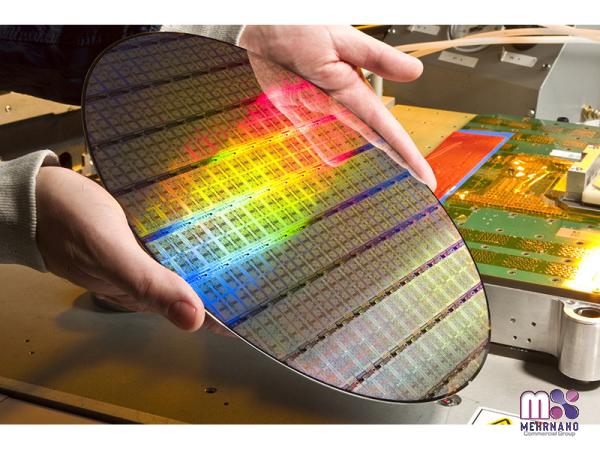
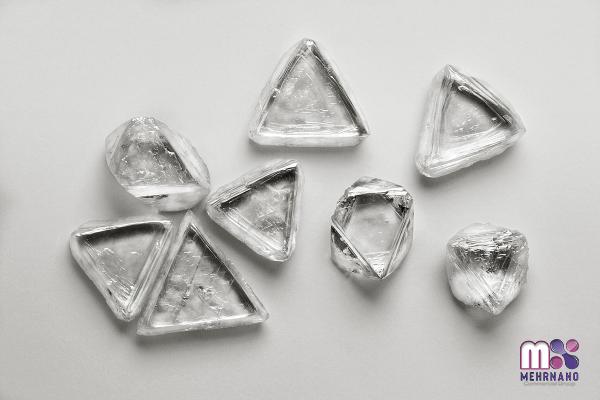
Your comment submitted.